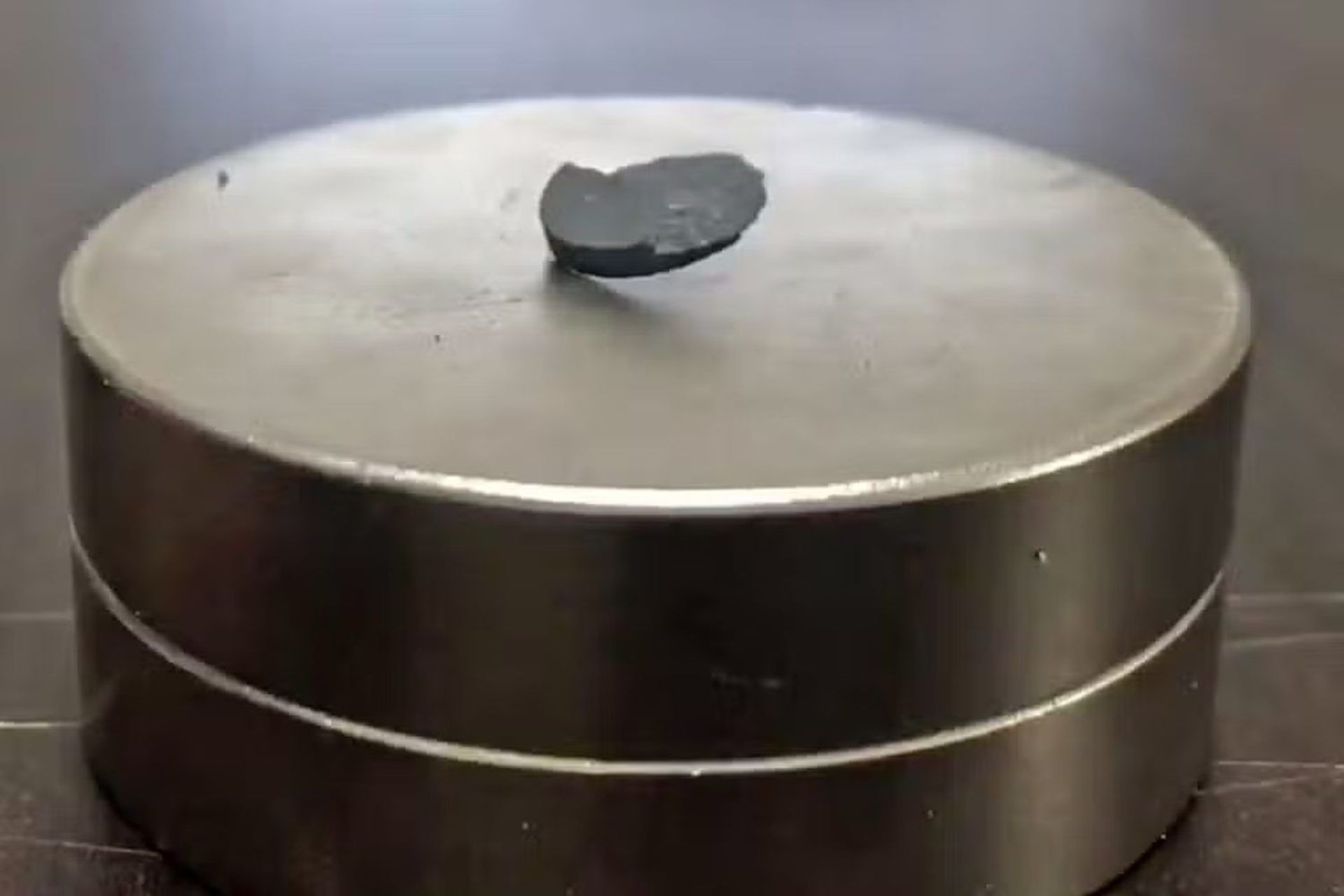A new material called LK-99 caused a rush to find out if it really was a revolutionary superconductor, and the results are not very good. Researchers have found that LK-99 is not what we thought it was.
Since two weeks ago, superconductor labs all over the world have been working hard to make LK-99, a new material that South Korean experts said was a superconductor at room temperature and normal pressure.
LK99 supposedly did this electron magic trick at temperatures and pressures that occur naturally all over the world. Most materials, especially metals, can only achieve superconductivity (zero electrical resistance) at temperatures near absolute zero.
This bold claim caused a big stir on the Internet and in physics labs all over the world. The New York Times called LK-99 “the superconductor of the summer,” and people all over the world quickly became interested in whether or not other experts agreed.
First claimed successful replication of LK-99
Accomplished by a team at the Huazhong University of Science and Technology and posted 30 minutes ago.
Why this is evidence:
The LK-99 flake slightly levitates for both orientations of the magnetic field, meaning it is not simply a… pic.twitter.com/bh0x9oqaz2— Andrew Côté (@Andercot) August 1, 2023
But scientists who study condensed matter kept cool and questioned the little-known Quantum Energy Research Centre, which made the LK-99 sample, and some of the strangest data in the original paper.
LK-99 is not a superconductor, says CMTC
Independent laboratories produced conflicting results in the days that followed, but mounting evidence is beginning to cast doubt on LK-99’s status as a supposed room-temperature superconductor. Those who believed in LK-99 have had their aspirations dashed.
The Condensed Matter Theory Center (CMTC) at the University of Maryland pointed out in a series of tweets on Monday that the Chinese laboratory known as the International Center for Quantum Materials (ICQM) indicates that LK-99 suffers what is known as “ferromagnetism,” not superconduction.

Further, CMCT claims that “LK99 seems to be an Anti-SC” since LK-99 has a resistance that is approximately a billion times larger than copper at room temperature. In and of itself, magnetic phenomena like diamagnetism and ferromagnetism are not uncommon. As CMCT shows, these magnetic properties don’t have any interesting practical uses.
A new superconducting miracle material would be on par with the discovery of electromagnetic induction or the construction of the first transistor. Still, this fresh flood of evidence dashes those hopes.
Anyway, if you want to take a look at what if we have room-temperature superconductors, visit the related article.
Featured image credit: Sciencecast





